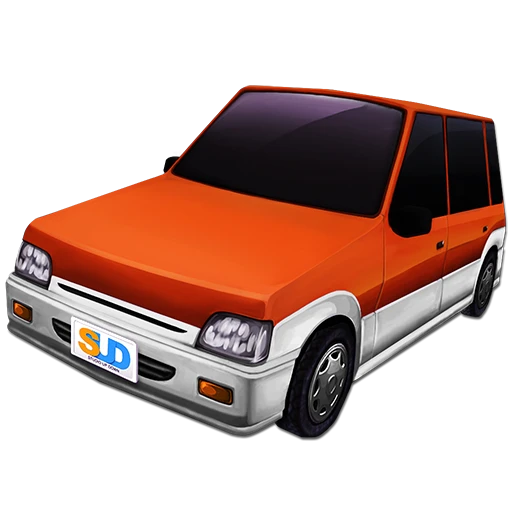 |
|
| Rating: 4.3 | Downloads: 500,000,000+ |
| Category: Racing | Offer by: SUD Inc. |
Dr. Driving is a physics-based puzzle game centered around guiding a patient safely into a wheelchair through complex, winding corridors, often decorated whimsically with vomit or other hazards. It belongs to the puzzle and simulation genres, primarily leveraging simple controls to challenge players’ spatial awareness and precision. The core appeal lies in its deceptively simple concept paired with increasing frustration, making each level a test of skill rather than speed.
The gameplay experience involves tilting your smartphone or using mouse controls to precisely maneuver the wheelchair, dodging obstacles and navigating narrow passages. Dr. Driving features vibrant, cartoonish visuals that, while simple, are often humorous and fitting for its quirky theme. Storyline-wise, while minimal, the repeated rescue attempts add a layer of narrative consistency.
Gameplay and Features
- Core Gameplay Loop: Players tilt the device (or use mouse movement) to tilt the maze and guide the wheelchair carrying the patient through each level, avoiding obstacles like vomit, toys, and furniture, and reaching the exit. The objective is to complete the level with as few tilts as possible, adding a scoring element.
- Visuals or Art Style: The graphics are simple, colorful, and cartoonish, often featuring pixelated or stick-figure-like characters and objects. The environments (corridors) are rendered in a flat-shaded style typical of many mobile games, with a limited but effective color palette. Animations are minimal but serve to indicate tilting and collision effects.
- Modes or Levels: The game typically consists of numerous pre-made levels with increasing complexity. Single-player mode is the standard, offering a linear progression through the level pack. The lack of major branching or multiplayer modes limits replayability primarily to clearing the level list or achieving the best time/score on each. Unique content comes from the variety in level designs and the challenge of optimizing tilt count.
- Controls or Interface: Gameplay relies heavily on tilting the screen (for touch devices) or moving the mouse (for PC). The interface is generally minimal – often just a game view and a pause button. Controls are designed to be intuitive but precise, requiring careful finger movements (or mouse drags) to avoid obstacles.
- Customization or Power-ups: There is usually very little direct customization. Progression comes from unlocking new character skins (the doctor, wheelchair, or patient) and potentially different maze backgrounds after completing certain numbers of levels, often found in in-app purchase shops. Power-ups are generally not featured, relying instead on skill. Motivation for ongoing play is the challenge of higher levels, competitive leaderboards, and collecting cosmetic items.
How to Play
Beginner’s Guide:
- Step 1: Install the game from your device’s app store or the official website. Launch the application and, if prompted, grant necessary permissions like screen orientation. Select your preferred control method (mouse or tilt). Start the first level.
- Step 2: Observe the starting position of the wheelchair and the patient inside, and the exit point at the other end of the maze. You’ll see the maze tilt slightly automatically. Tap the screen or click to pause the automatic tilting.
- Step 3: Now, you control the tilting by tilting your phone (or by dragging the mouse across the screen). Your goal is to carefully maneuver the wheelchair to the exit without hitting any obstacles or dead ends, aiming for the lowest number of tilts possible to achieve a good score and unlock further progress.
Pro Tips:
- Plan Your Path: Look ahead and visualize the path to the exit, noting any tight corners or obstacle placements. Anticipate where the wheelchair might get stuck.
- Use Short, Controlled Tilts: Long, slow tilts can be hard to manage and may push the wheelchair into obstacles. Instead, use quick, short bursts of tilt to nudge the wheelchair precisely where you want it.
- Minimize Tilts: Only tilt when necessary. The game rewards precision and efficiency. Practice finding the optimal tilt angle for each turn to complete levels faster and with fewer moves, which often translates to a better score.
Similar Games
| Game Title | Why It’s Similar |
|---|---|
| Mechanical Puzzles |
Shares a similar physics-based puzzle genre. Known for its intricate, rotating rooms and focus on guiding an object (like a ball) with precise movements. |
| Railroad Tycoon |
Appeals to the same type of players. While a city-builder, it requires careful resource management and planning, often with a focus on incremental progress and overcoming challenges. |
| Rollercoaster Tycoon Mobile |
Popular among fans of “Dr. Driving” (or similar casual puzzle games). Has comparable casual, touch-based gameplay with a focus on building and managing, offering a different kind of challenge and replay value. |
Frequently Asked Questions
Q: Is “Dr. Driving” only available for smartphones?
A: Rather, the game was famously originally designed as a mobile title for iOS and Android due to its reliance on tilting the phone, making it challenging to adapt for other platforms.
Q: What happens if you hit the vomit obstacles?
A: If the wheelchair touches the vomit or any other hazard (like toys blocking the path), you lose and have to restart the level, usually resulting in a game over or a failure message.
Q: Are there different difficulty settings or gradually increasing levels?
A: The game relies on a single, sequentially increasing difficulty across its levels. You start very simply and progressively encounter more complex mazes, tighter spaces, more obstacles, and faster auto-tilting.
Screenshots
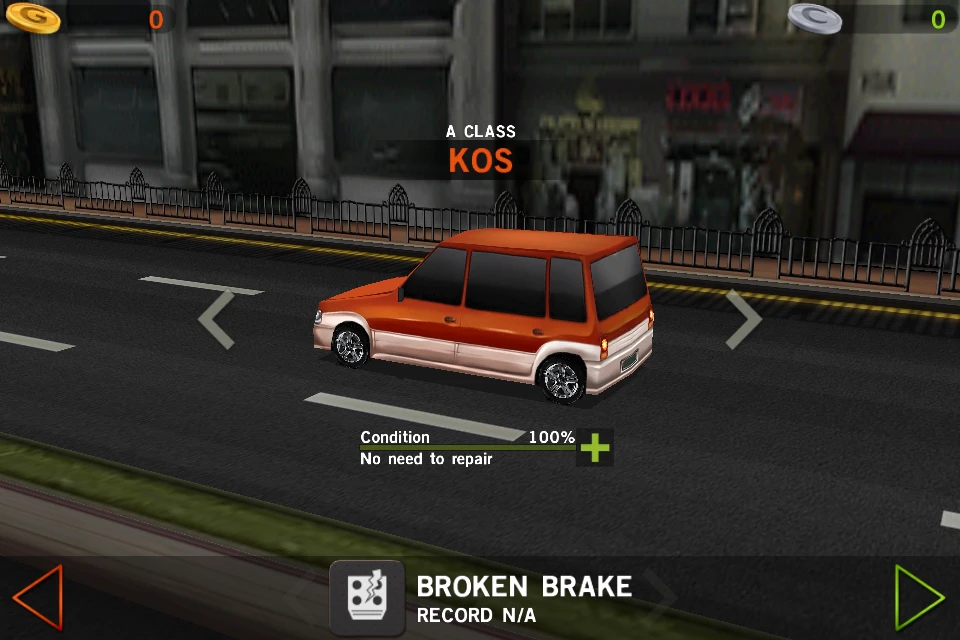 |
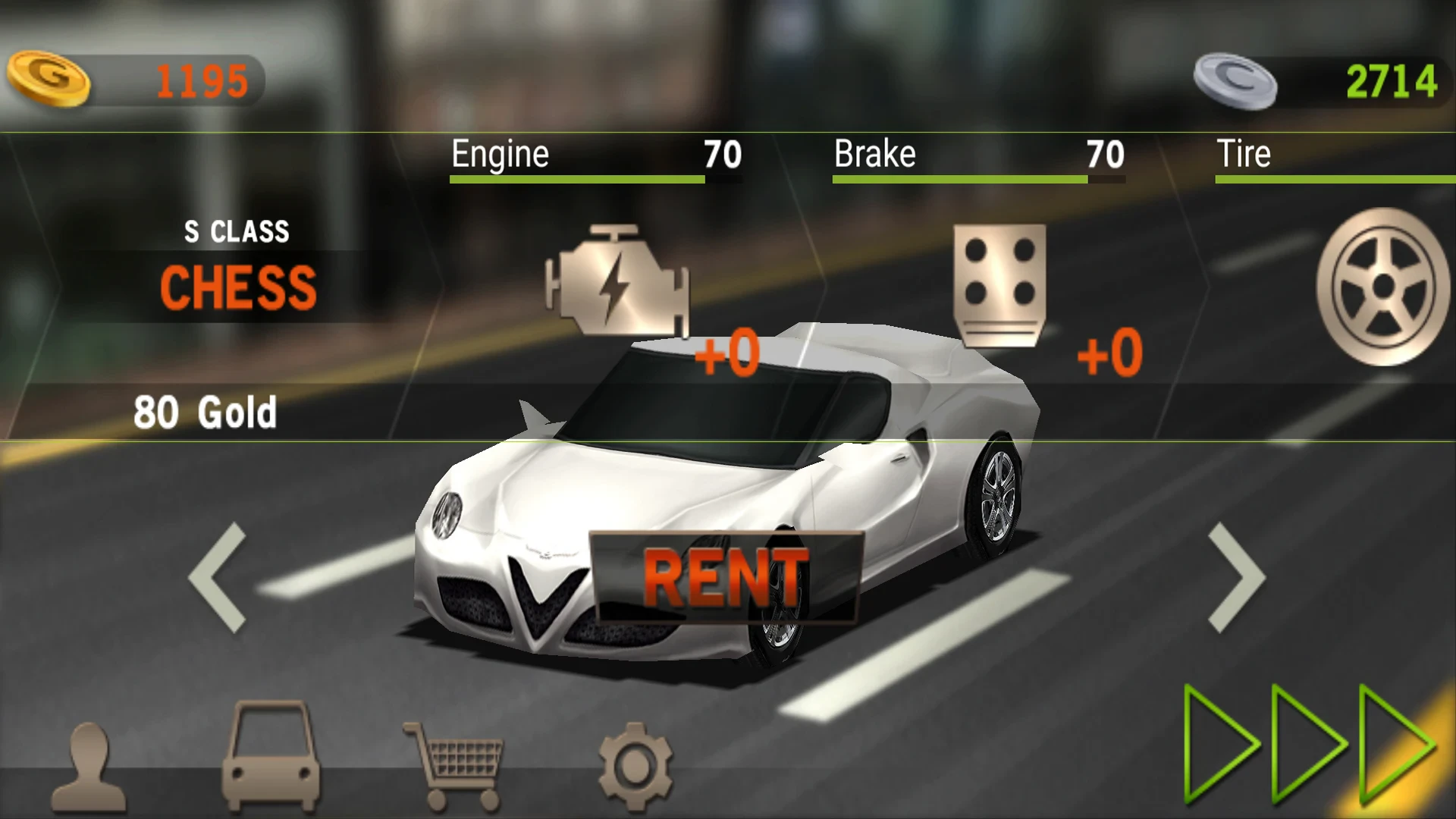 |
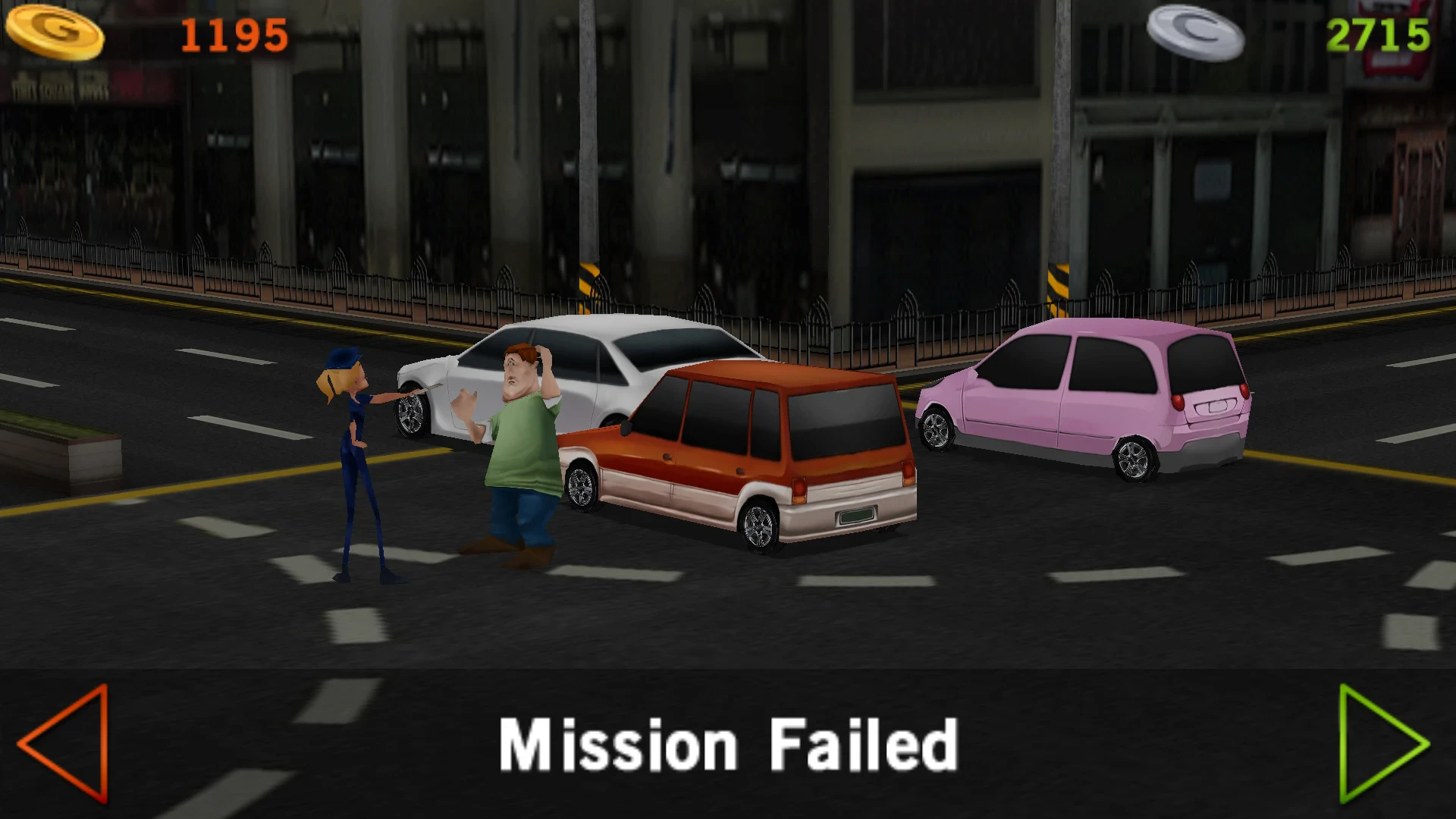 |
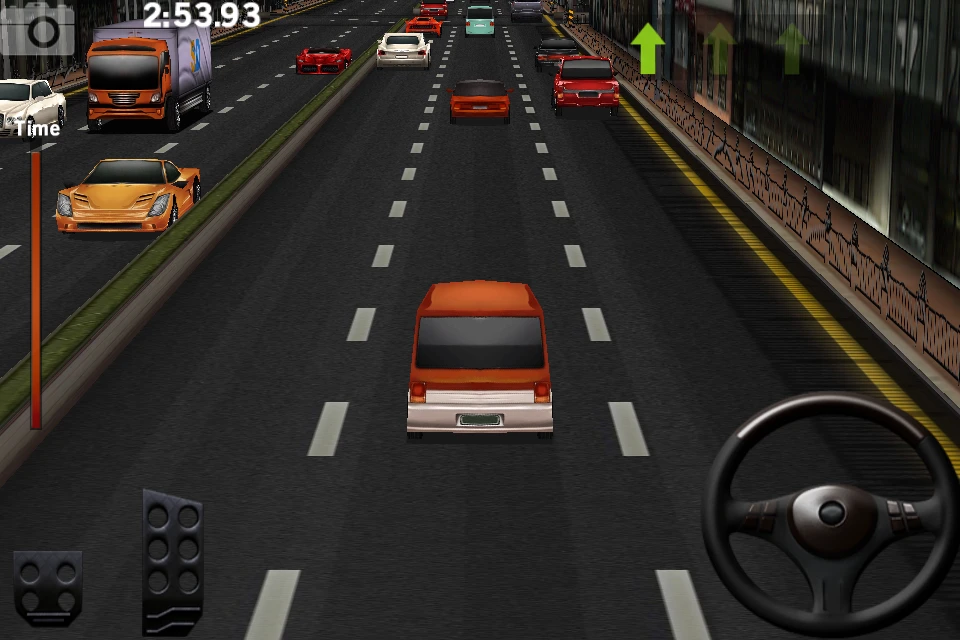 |
